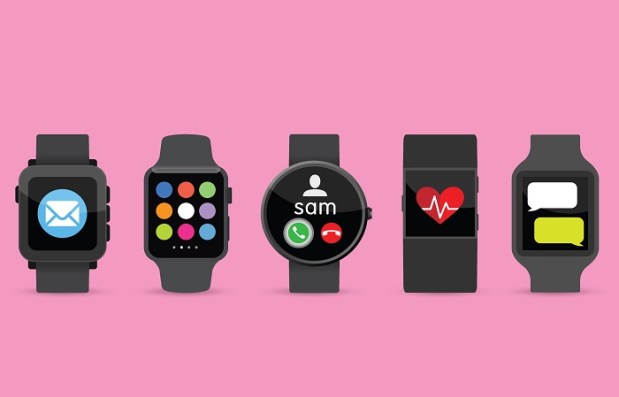Wearables Market On The Decline?

Wearables are a great way to keep track of a variety of things from calories burned to discovering sleeping patterns, surfing the web and sometimes just telling time. For the past few years, there have been a myriad of wearables popping up to help people become more organized in their daily lives and aware of their health.
While we’ve seen wearables rise in popularity, there’s a chance this trend is slowing down and arriving at a plateau.
Out of the 322,762,018 American adults today, eMarketer is predicting there will be only 54.9 million using wearable devices on a monthly basis by the year 2020. This is a direct result of Apple Watch’s lackluster performance this past quarter. If a giant like Apple is having trouble with the wearable market, this may be a sign of what’s to come with wearable devices.
IAB and Maru/VCR&C’s August 2016 research showed little to no interest in the wearable market. Although there was a 90 percent awareness of wearables among internet users, less than half surveyed expressed an interest in getting one.
Given this, it’s not likely we’ll see a surge in wearable purchases any time soon.
Nicole Perrin, the author of eMarketer’s report Wearables 2017: The Wrist-Worn Revolution Fails to Materialize, shares the difficulty in moving the ball for the wearables market. She said, “Marketers are interested in innovative wearables-based campaigns as well as basic notifications. But they don’t see the technology in place yet to unlock wearables’ full potential for brands.”
As the wearable market moves forward, technology developers and brand marketers will likely need to work hand in hand to determine the next best use cases for consumers. With the possibility of consumers either losing the wearable device or forgetting to wear it on a regular basis, the future of wearables won’t be easy, and we may continue to see more ebbs and flows before any additional upward movement.
